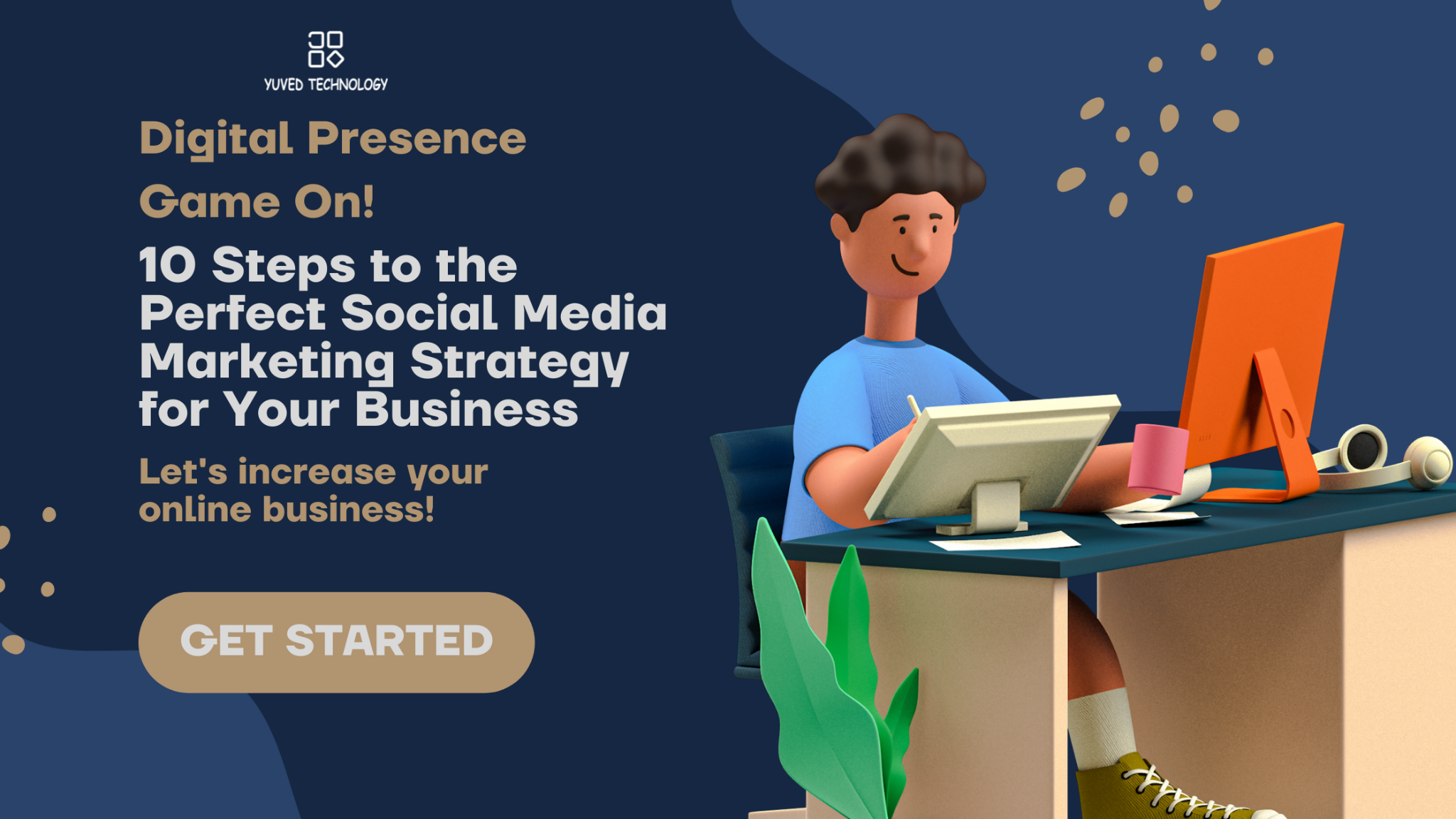As the contest keeps on growing in the internet world, social networking is an unavoidable prerequisite for every designer. In today’s fast paced world of technological innovation, everyone is moving their focus to the social network for advertising and promotional reasons. Nonetheless, every new discovery and development in this word has both paybacks and damages. The issue with social networking is also analogous as it is deemed both effective and dangerous.
Just because one thing has a few drawbacks, it doesn’t mean that we should overlook its myriad benefits. Similarly, the revolutionary world of social networking also gives more benefits than harms. The aim of this article is to provide designers with an impartial and unbiased outlook on the pros and cons of social networking.

Pros of Social Networking for Designers:
1. Good for Self-Promotion:
Regarded as one of the most rapid platforms of advertising, social networking can boost your credentials in a matter of seconds. With only a straightforward discussion on Facebook, you can get yourself viral and promote your professional services to the public. The ability to discuss their professional opinions to an entire community of designers improves their status in the marketplace.
2. Find Genuine Clients:
In order to become a professional and successful designer, the most crucial thing is to get genuine clients. Generating client leads is not the main issue, but to convert that lead into prospective sales is. You may have plethora of potential clients, but you need to acquire real clients who will pay you for your work. Through social networking sites, designer can find real and authentic people who are in need for graphic design services.
3. Create a Professional Identity:
Another indispensable aspect of social networking for designers is that they can develop their own identification on the internet. This they can accomplish through online sites like Twitter, LinkedIn and Facebook. When a designer makes his official profiles on these sites, he is exposed to a host of people who are in need for graphic design services. This also provides you the platform to build your portfolio and professional sketch for others to see and admire. Your social networking profiles allow prospective clients to confirm that you are a genuine designer.
Cons of Social Networking for Designers:
1. Wastage of Time:
Albeit the social media offers many perks, it also misuses designer’s time. Every now and then, a designer can get captured in the complex mesh of social media. Let’s take a case in point, you sign up your Facebook in search for potential clients on various business pages. Now as you are surfing the social networking site, you start chatting with your old friends who pop up on chat. By the time you log out, you realize that you have just wasted 5 hours of your precious time.
2. Has an Adverse Influence on Private Life:
Spending time on social networking sites also has an adverse influence on your private life. Considering the nature of designer’s job, they are already engrossed in heavy schedule. On that, if they spend time on the social network, they won’t be left with enough time to spend with their family and friends. You really need to strike a balance between work and private life.
3. Needs Regular Updating:
To sustain your popularity on the online media networks, designers are obligated to regularly update their profiles. This can be a difficult task for somebody who consumes most of the time composing and crafting brand identities.
In conclusion, the effective factors of social media over-shadow the harmful ones. It is completely determined on how you make use of technological innovations to your betterment. Hence, designers must utilize the advantages of social media to their maximum while at the same time preventing the damages that it creates.
Henry James is a designer and blogger who runs Logo Contest Reviews. On his site, you can check out comparisons like 99designs vs CrowdSPRING and facts about 99designs scam.












Great article. Another pro I would add is real time resource availability. Resources for just about everything design related appears right at our fingertips, as well as the ability to find others to collaborate with.